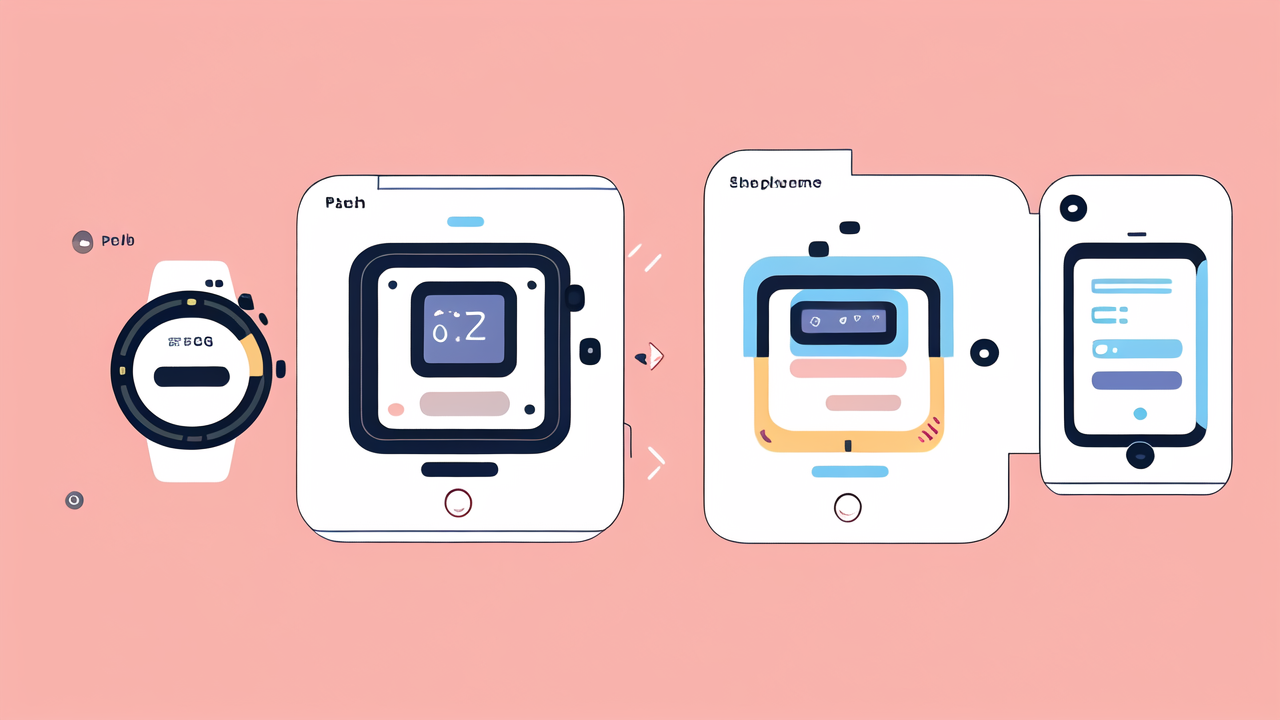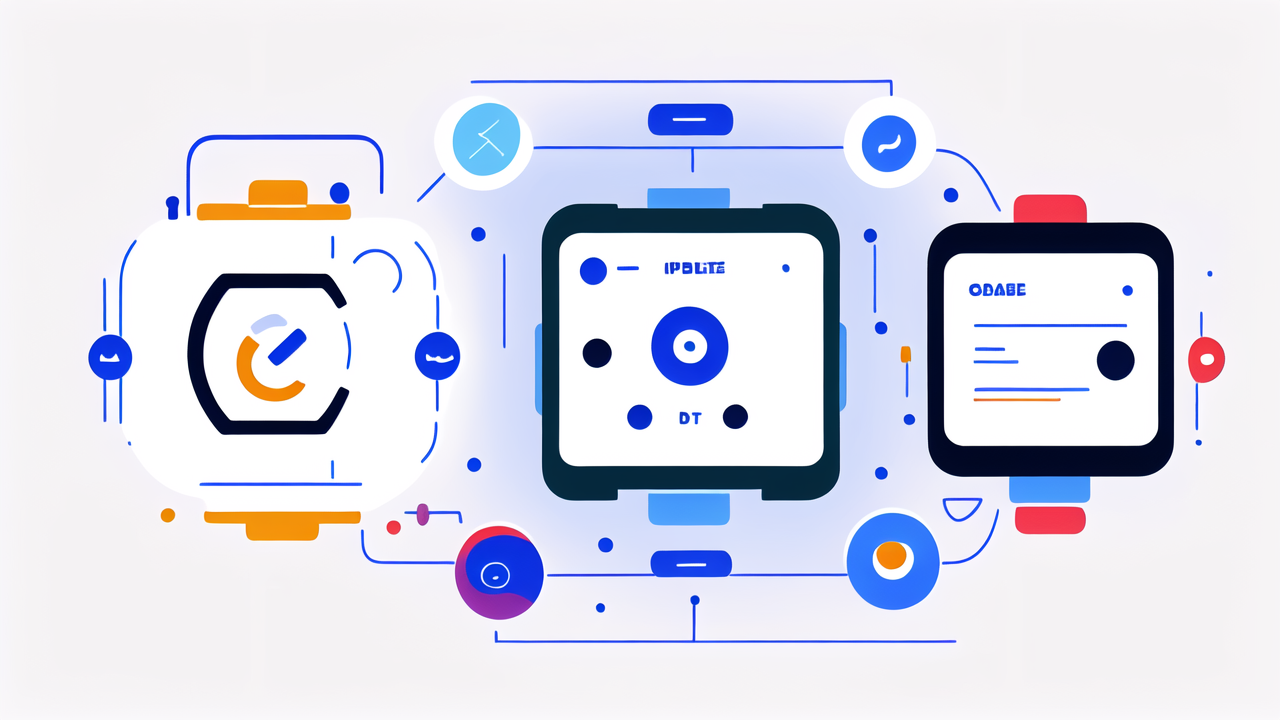The Evolution of Smartwatch Technology in the United States
The Advent of Smartwatches: A Brief History
Smartwatches have come a long way since their inception. The first digital watch, the Pulsar, debuted in 1972. It wasn't until the 2010s that smartwatches as we know them today began to emerge. Companies like Pebble, Samsung, and Apple led the charge. These early devices offered basic functions like notifications and step counting. Over time, they evolved to include more advanced features. Heart rate monitoring, GPS tracking, and mobile payments became standard. The U.S. market quickly embraced this technology, seeing its potential for health and convenience.

Technological Advancements Driving Smartwatch Capabilities
Recent years have seen rapid advancements in smartwatch technology. Processors have become more powerful and efficient. This allows for smoother performance and longer battery life. Display technology has improved, offering brighter, more colorful screens. Sensors have become more accurate and diverse. They can now measure blood oxygen levels, detect falls, and even perform ECGs. Connectivity options have expanded to include 4G and 5G support. This enables standalone functionality without a smartphone nearby. Voice assistants have become more intelligent, enhancing hands-free control. These advancements have made smartwatches more useful and appealing to a wider audience.
The Role of IoT in Enhancing Smartwatch Features
The Internet of Things (IoT) has played a crucial role in expanding smartwatch capabilities. IoT allows smartwatches to connect with a vast network of devices and services. This connectivity enables new features and use cases. For example, smartwatches can now control smart home devices. They can adjust thermostats, lock doors, or turn off lights with a tap or voice command. IoT also enables more accurate health tracking by combining data from multiple sources. Smartwatches can sync with smart scales, blood pressure monitors, and other health devices. This provides a more comprehensive view of one's health. The IoT ecosystem also allows for more personalized experiences and recommendations.
The Impact of IoT on Smartwatch Ecosystems
Interconnectivity: How Smartwatches Are Becoming Part of a Broader IoT Network
Smartwatches are no longer standalone devices. They're becoming integral parts of larger IoT ecosystems. This interconnectivity opens up new possibilities for users. Smartwatches can now communicate with cars, home security systems, and even appliances. For instance, your watch might notify you when your laundry is done. Or it could automatically adjust your car's climate settings as you approach. This level of integration makes daily tasks more convenient and efficient. It also allows for more seamless data sharing between devices. Your fitness data from a workout can automatically sync with your smart scale and nutrition app. This creates a more holistic approach to health and lifestyle management.

Data-Driven Decisions: The Role of IoT in Personal Health and Wellness
IoT integration has revolutionized how smartwatches contribute to personal health. These devices now collect vast amounts of data about our bodies and behaviors. Heart rate, sleep patterns, activity levels, and even stress indicators are constantly monitored. This data is then analyzed and presented in meaningful ways. Users receive personalized insights and recommendations. For example, a smartwatch might suggest a breathing exercise when it detects high stress levels. Or it could recommend adjusting sleep schedules based on sleep quality data. The integration with other IoT health devices enhances these capabilities. Blood glucose monitors, for instance, can sync data with smartwatches. This helps diabetics better manage their condition.
Enhancing Lifestyle and Productivity with IoT-Infused Smartwatches
IoT-enabled smartwatches are becoming powerful tools for improving lifestyle and productivity. They can now integrate with smart home systems, calendars, and work platforms. This allows for seamless management of both personal and professional life. Your watch can remind you of meetings, control your home's lighting, and track your work hours. It can also help you stay on top of your fitness goals and daily tasks. The integration with IoT devices extends these capabilities further. For example, your smartwatch could trigger your coffee maker to start brewing when you wake up. Or it could automatically set your home office lighting and temperature when you start your workday. These features make daily routines more efficient and tailored to individual needs.
Challenges and Opportunities in Smartwatch-IoT Integration
Navigating the Regulatory Landscape for IoT Devices
The integration of smartwatches with IoT devices brings new regulatory challenges. Privacy and data security are major concerns. As these devices collect more personal data, protecting this information becomes crucial. In the U.S., regulations like HIPAA affect how health data can be collected and shared. The FDA also regulates certain smartwatch features that provide medical insights. Companies must navigate these rules carefully. They need to ensure compliance while still innovating. There's also the issue of data ownership and control. Users want more say in how their data is used and shared. Balancing innovation with privacy and security will be an ongoing challenge for the industry.

Integration Challenges: Interoperability and Standardization
One of the biggest challenges in smartwatch-IoT integration is interoperability. Different devices and platforms often use different protocols and standards. This can lead to compatibility issues. Users may find that their smartwatch doesn't work with certain IoT devices or services. Standardization efforts are underway to address this. Organizations like the Open Connectivity Foundation are working on universal standards. However, progress is slow, and many proprietary systems still exist. Another challenge is data synchronization across multiple devices. Ensuring that all connected devices have accurate, up-to-date information can be complex. These issues need to be resolved for seamless integration.
Future Prospects: Trends and Predictions for Smartwatch-IoT Synergy
The future of smartwatch-IoT integration looks promising. We can expect to see even more advanced health monitoring features. Continuous glucose monitoring and blood pressure tracking may become standard. AI and machine learning will play a bigger role in data analysis and predictions. This could lead to more accurate health insights and personalized recommendations. In the IoT realm, we may see smartwatches become central hubs for controlling various devices. They could act as universal remotes for our digital lives. Augmented reality features might also be integrated, enhancing how we interact with our environment. As 5G networks expand, smartwatches could become more independent from smartphones. This could lead to new use cases and applications we haven't yet imagined.




Leave a comment
This site is protected by hCaptcha and the hCaptcha Privacy Policy and Terms of Service apply.